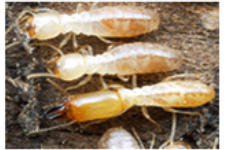- Call Us :
- +973-17811233,
+973-36058108
- Email Us :
- info@ipcbahrain.com
Crawling Insects
Ants
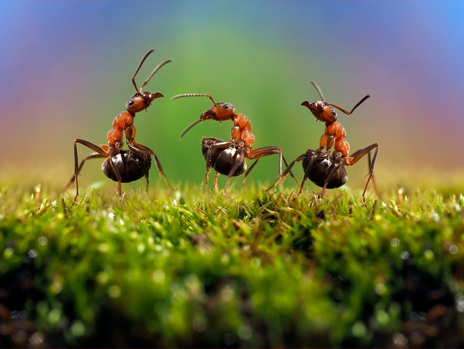
Ants entering houses looking for food are a common nuisance and are one of the most abundant insect pests. Although there are several thousand species of ants of which a very few of them can be classified as pests may be conveniently divided into two categories i.e. which nest outside and invade dwellings usually in search of food. Different ants have different behavior patterns but once they take up residence in home or garden, they quickly reproduce, eat all the available food sources and can be very difficult to dislodge.
Possible Signs
- Live Insects.
- Pathways in and out of your premises.
- Small heaps of earth or dirt indicating nest sites.
Potential Harm
- Can contaminate food stuff.
- Can destroy vegatation in the house and garden.
- Eat all the available food sources.
- Difficult to dislodge once take up residence in home.
-
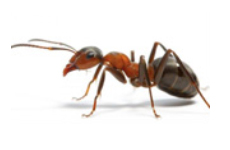
Pavement Ant
-

Carpenter Ant
-
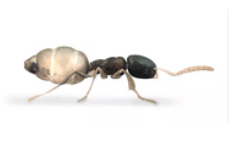
Ghost Ant
-
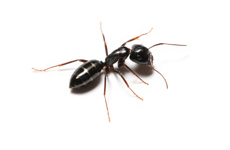
Odorous House Ant
-
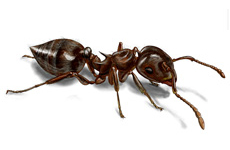
Acrobat Ant
Cockroaches
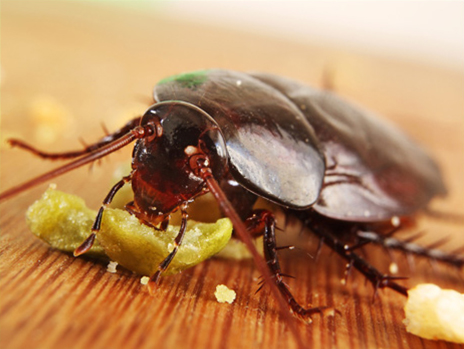
Cockroaches are insects belonging to the family Blattidae and they share a common ancestry with termites and grasshoppers. They are a common nuisance and persistent problem in many households. There are over 3,500 roach species but only a few of the cockroaches species are actually domestic pests. The few species that actually do torment us, are major force to be reckoned with. Cockroaches have a broad, flattened body shape, six long legs, adapted for running and a long antennae. Their normal behavior in and around homes is to hide in cracks, crevices or other protected areas that are suitably warm and moist during the daytime hours. After dark, they come out to mate and forage for food and water.
Potential Harm
- Can produce disgusting odors and spread harmful bacteria such as Salmonella.
- Major source of allergies and Asthma.
- Eat all the available food sources.
Gel Treatment
This treatment is very effective for the control of cockroaches and most of customers are interested to use this treatment. Gel is applied with the help of applicator at electrical appliances, cracks etc and applied mostly in kitchen. The gel attracts cockroaches to feed on it leading to their death. The toxicant in the gel is also spread to other members resulting drastic reduction in cockroach population and provide the best result in minimum time.
-
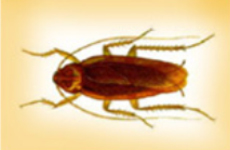
American Cockroach
-
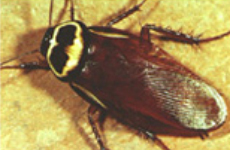
Australian Cockroach
-
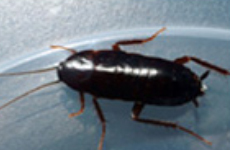
Oriental Cockroach
-
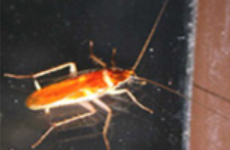
Brown Banded
-
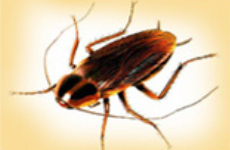
German Cockroach
Spiders

Spiders are invertebrates (no skeleton) and grow by shedding their skin or cuticle. Their bodies are in 2 parts; head and abdomen. All spiders make silk and all spiders bite in order to feed. Some spiders have venom that is dangerous to man and all spiders grow from an egg; some even carried on the back of the female. The female spider is normally larger than the male.
In domestic situations Redback spiders and whitetails are generally regarded as harmful and whilst Huntsman spiders are large, fast and look menacing, the fact is no spider tends to bite unless provoked. Huntsman are actually very good predators of small iinsects in the home and clean up many unwanted biting insects.
-
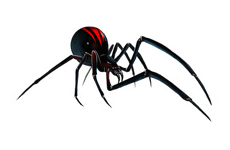
Black Widow Spider
-
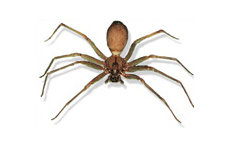
Brown Recluse Spider
-
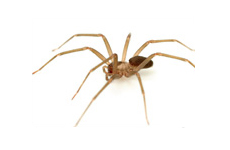
Common House Spider
-

Jumping Spider
-
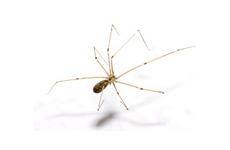
Long Bodied Cellar Spider
Flying Insects
Flies & Mosquitoes
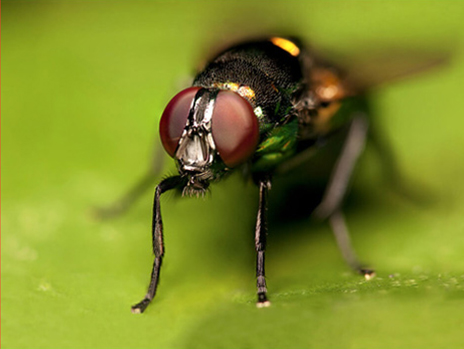
House flies are the most common flies found in homes, restaurants and other structures where man and his domestic animals live. Houseflies usually stay near their breeding places. Houseflies are a danger to the health of man and animals principally because it carries and spreads disease organisms. They move from garbage and sewage to our dinner plates. It carries bacteria on the outside of its body, it regurgitates saliva and deposits wastes on human food.
Possible Signs
- Live insects and dead insects.
- Fly spots or droppings.
- Maggots – flies in the larval stage.
Potential Harm
- Fly infestation on the premises.
- Contaminate food stuffs, bite people.
- Damage to health and hygienic reputation.
-

House Fly
-

Fruit Fly
Mosquitoes
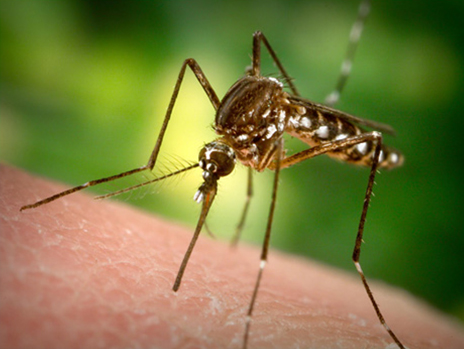
Mosquito control can performed following the Integrated Mosquito Management (IMM) concept. IMM is based on ecological, economic and social criteria and integrates multidisciplinary methodologies into pest management strategies that are practical and effective to protect public health and the environment and improve the quality of life. IMM strategies are employed with insecticide. Pesticides may be applied to control larvae (larvicides) or adults (adulticides). Applications of adulticides or larvicides are made after the presence of mosquitoes has been demonstrated by surveillance procedures. Application is made by prescribed standards.
Threats :
Mosquitoes are vectors of numerous diseases including West Nile virus, malaria, yellow fever, dengue fever and encephalitis. In recent years, West Nile virus has become a serious concern world over. Signs of West Nile virus include flulike symptoms. In extreme cases, it can be a potentially life threatening infection with high fever, head and body aches, worsening weakness, confusion and even coma.
Prevention :
- Eliminate areas of standing water around the home such as flowerpots, birdbaths and baby pools. Mosquitoes only need about half inch of water to breed.
- Screen all windows and doors. Repair even the smallest tear or hole.
- Minimize outside activity between dusk and dawn, when mosquitoes are most active.
-
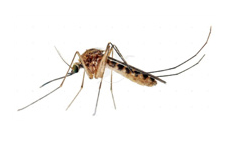
Culex Mosquito
-
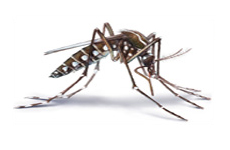
Aedes Mosquito
Vertebrate Pests
Rodents

Rats and mice live in drains, under concrete, in sub floors and in garbage refuse areas, kitchens, roof voids and other areas where a potential food and moisture source is available. Rats and mice cause severe damage every year, not only on farms and in food processing plants but also in industrial, commercial and domestic premises.
Possible Signs
- Droppings
- Damaged stock and damage to fabric and premises.
- Nesting material – shredded insulation, cardboard etc.
Potential Harm
- Spread many diseases to livestock and humans such as Salmonella & Weil’s disease.
- Cause damage to stored materials including human and animal foodstuffs, paper and plastic goods.
- Cause structural damage to buildings by undermining the floors.
- Contaminate huge volumes of food material, making it unfit for human or animal consumption.
- Create fire hazards by chewing power and data cables.
-
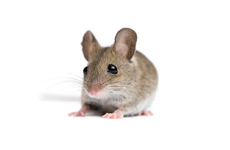
Deer Mouse
-

House Mouse
-

Brown Rat
Birds

Birds cause much damage every year to homes, commercial buildings, government facilities and industrial complexes in Bahrain. Their droppings, nesting materials and parasites pose serious threats to structures and to the people in and around them. Birds are creatures of habit. They will perform the same routines every day. They will feed at one location, then roost at another location, and finally nest at a third location. The first step in bird control is to understand the extent of the pest problem. Their droppings spoil the look of buildings; besides, these droppings are corrosive and can cause serious structural damage. Since human habitation and structures provide ideal roosting and nesting sites for birds, exclusion measures are a cost-effective means of dealing with these avian pests.
Damage : Bird droppings are acidic and can eat through paint, roofing material, fabric and soft metals like aluminum.
Health Risk : Bird droppings can expose humans to more than 60 dangerous diseases, including salmonella, Lyme disease, histoplasmosis, meningitis, and the West Nile Virus.
Parasites : Bird mites, flies, and even rodents are attracted to bird nests.
Droppings on the Ground : Dropping are slippery, and can result in expensive lawsuits from accidents. Furthermore, disease-bearing dropping can be tracked inside a building.
Clogged Drains : During heavy rains, clogged drains can spell disaster if water accumulates on a roof.
-

Pigeon
-
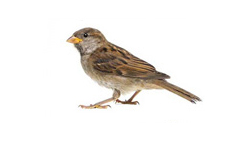
Sparrows
-

Starling
-

Seagull
Blood Feeders
Bed Bugs

Human bed bugs are found all over the world and are constantly being dispersed via used furniture, luggage and bedding. During the last decade, there has been a significant increase in the number of bed bugs infestations. Because bed bugs hide in small crevices, they may accompany luggage, furniture, clothing, pillows, boxes and other bedroom objects when these are moved between apartments, homes and hotels. Used furniture, particularly bed frames and mattresses are of greatest risk of harboring bed bugs and their eggs. Bed bugs can wander between adjoining apartments through voids in walls and holes through which wires and pipes passes.
Potential Harm
- Can produce a distinctive pungent odor when present in large numbers.
- Can cause intense itching and in some case cases, the itchy bites can develop into painful welts that lasts several days.
-

Bed Bug
-
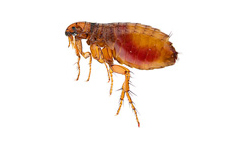
Cat Flea
-
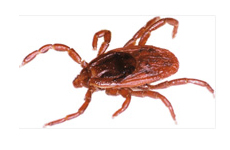
Brown Dog Tick
-

Dog Flea
-
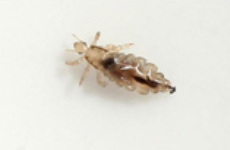
Head Lice
Termites
Termites

Termites are social insects which live in underground colonies and are often found in both new and old buildings. A single colony may consist of in excess of 1 million termites. Termites need moisture and have a low tolerance to air and light, they live underground, attacking a home from below. A loose mortar joint, a minute space around a drain pipe, or a settlement crack in the basement is all they need to gain entry.
The most effective way of protecting your building from termite attack is to establish a long lasting chemical barrier below and around the building. This chemical barrier is placed before the ground slab is laid, as a pre-construction preventive treatment. If termites are already present in the building, a post construction treatment is required which involves drilling through the ground flooring and injecting the chemical into the soil below.
Possible Signs
- Sawdust like powder near doors, windows or garage are a distinct sign of infestation.
- Stray wings left near doors, windows or garage.
- Tiny holes on any wood surfaces in or outside of your home.
- Flat plates of mud as well as tubes.
- Paint that has started to bubble on wood surfaces.
- Mud tunnels lining the foundation of your house either inside or outside.
Potential Harm
- Can cause serious damage to structures
- Can eat away the equity you have built up in your home and property.
Venomous Pest
Scorpion & Snakes

Scorpions are nuisance pests that are closely related to spiders, mites and ticks. Scorpions are nocturnal pests, so they hide during the day and are most active at night. They feed primarily on insects, especially crickets and cockroaches, and they also feed on spiders. However, they can survive for months without food if water is readily available. They give little nips from their from claws, just like crabs, and they have a small venomous sting in their tails. Bahrain, does have scorpions, but none are thought to be venomous enough to kill a human. Most scorpion stings can be treated easily and treatments can be bought over the counter at pharmacies. By making your property unappealing to scorpions, you are also reducing the chance they will get inside your home. Scorpions are less likely to live on your property if they cannot find a food source.
Threats
Scorpions are known to sting as a defense mechanism or as a way to kill prey. Humans will usually experience mild symptoms that are similar to that of a bee sting, such as temporary pain, a burning sensation or localized swelling. However, there are a handful of species around the world that possess more dangerous venom, which can be potentially fatal to humans. Scorpion
Prevention
The key to preventing scorpions is to eliminate harborage sites around the property including woodpiles, trash and debris. Homeowners should remove stones and landscape timbers from the property, and store wood at least twenty feet from the home and five inches up off the ground. Since scorpions can enter structures through torn screens and holes and cracks in building exteriors, it's equally important to seal cracks and holes on the outside of the home with caulk and repair any damaged window and door screens. Scorpions can also enter homes through poorly fitted garage and entry doors. If light can be seen streaming into a darkened garage from the exterior, the seal beneath the door should be repaired.
Snakes

Snakes can become a nuisance in many different ways, and in different situations, due to the general fear most people have towards snakes. People are most likely to encounter snakes if their property provides good snake habitat. Like all animals, snakes are looking for a good place to hunt and live. Adult snakes vary in size from 6″ up to 8′ in length, depending on the species. Color varies widely from species to species from patterns, solid colors, bands, under belly colors and other markings.
Snakes inside homes and offices can create an intense fear for some people, these snake should not be harmed, and may be there because of an unknown rodent problem. Homes with snakes present should be checked for the presents of rodents. Once snakes are removed, entry point(s) should be located and sealed, as not to allow snakes and rodents to enter into the building.
A rat or mouse problem (if present) must also be addressed. It is recommended that non-venomous snakes outside, should be left alone. Venomous snakes can be removed and snake pleasing habitats can be modified, which will make your property less attractive to snakes. Examples: Removal of wood and rock piles, ivy, reduce food (typically rodents) sources.
-
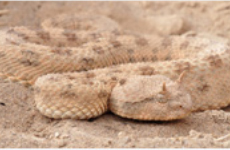
Horned Viper
-
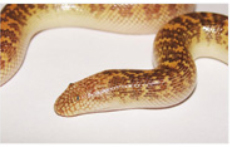
Arabain Sand Boa


